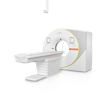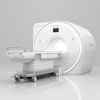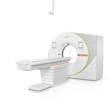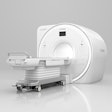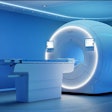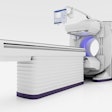Monday, November 26 | 12:15 p.m.-12:45 p.m. | MK359-SD-MOA4 | Lakeside, MK Community, Station 4
Which modality is best for measuring glenoid bone loss in patients with glenohumeral instability: x-ray, CT, or MRI? Researchers put the modalities to the test in a review of studies from five databases.Glenohumeral instability occurs when the humeral head cannot stay centered in the glenoid fossa, and the subsequent glenoid bone loss can cause recurrent shoulder instability.
In this meta-analysis, 42 studies met the inclusion criteria of having glenoid bone loss measured by x-ray, CT, 3D CT, MRI, or 3D MRI. The selected research included retrospective, prospective, and case-control studies, as well as cadaver approaches.
While the results from previous research somewhat varied, with many studies containing a risk of bias, other studies provided quantitative evidence for the efficacy of the modalities for glenoid bone measurements, the researchers noted.
Attend this Monday session in the Lakeside Learning Center to discover how each modality performed. Results will be presented by Dr. William Walter, an assistant professor in the radiology department at NYU Langone Medical Center.
